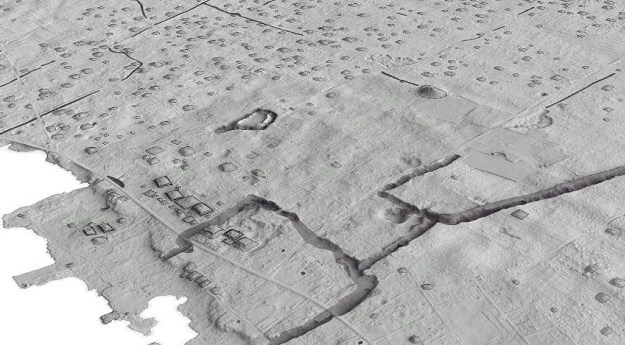
Released last week, the first Australian Infrastructure Plan provides an ambitious reform and investment roadmap for Australia. The plan sets out the infrastructure challenges and opportunities Australia faces over the next 15 years and the solutions required to drive productivity growth, maintain and enhance standards of living, and ensure world class cities.
The plan, which was compiled by the federally governed body Infrastructure Australia (IA), sets out 78 recommendations for reform and is designed to address both today’s infrastructure gaps as well as the challenges to come. It is in effect the first long-term national infrastructure plan, based on a top down audit of the nation’s assets, developed in the nation’s history.
Accompanying the 204-page plan is a list of over 93 potential projects and initiatives nationwide that could address Australia’s infrastructure needs. These projects—among many others—include a high speed rail network for the east coast of Australia, several iterations of Sydney’s WestConnex project, a high frequency metro rail connection for Sydney, a Western Sydney airport rail corridor, improvements to transport links between Melbourne Airport and CBD, an upgrade to Melbourne’s metro network, a Gold Coast light rail, as well as an improved Perth Airport rail and freight link.
In developing the Plan, IA claim to have prioritised the user, “the commuter waiting for a train, the family paying their electricity bill and the business looking to capitalise on overseas markets.”
“If the Plan is delivered, Australians can expect more affordable, innovative and competitive energy, telecommunications, water and transport services.”
Infrastructure Australia, an independent statutory body with a board of recognised industry experts, has a mandate to advise government on nationally significant infrastructure, including through a 15 year rolling Infrastructure Plan to specify national priorities.
The Infrastructure Plan follows extensive consultation by Infrastructure Australia with governments and other stakeholders, and will be a key tool to inform decisions by the Commonwealth Government and State and Territory Governments about which reforms to progress, and over time which projects will be funded. Infrastructure Australia will update the Plan at least every five years.
The Australian Federal Government has welcomed the release of Infrastructure Australia’s 15-year Australian Infrastructure Plan and its Infrastructure Priority List.
Minister for Major Projects, Territories and Local Governments Paul Fletcher said, “It will be a key tool to inform decisions by the Commonwealth Government and State and Territory Governments about which projects to progress, and over time which ones will be funded. Of course it will be updated regularly as some projects drop off and others are added.”
“I have no doubt the Plan will spark vigorous debate about these policy settings —including how we get the best from our existing infrastructure, and how to make wise decisions about potential new infrastructure,” said Mr Fletcher.
Mr Fletcher also pointed out that the Turnbull Government will consider the recommendations and listen to the public debate before announcing the response to them.
Since the release of the plan, the Turnbull Government also announced a set of funding and financing principles that will guide the Commonwealth’s approach to funding major projects.
To access the Australian Infrastructure Plan, the Infrastructure Priority List and a collection of supporting materials, please click here.













